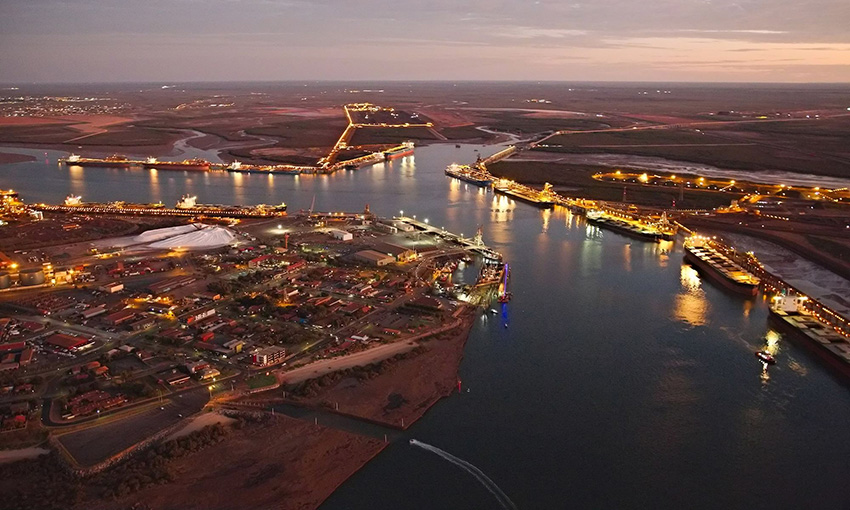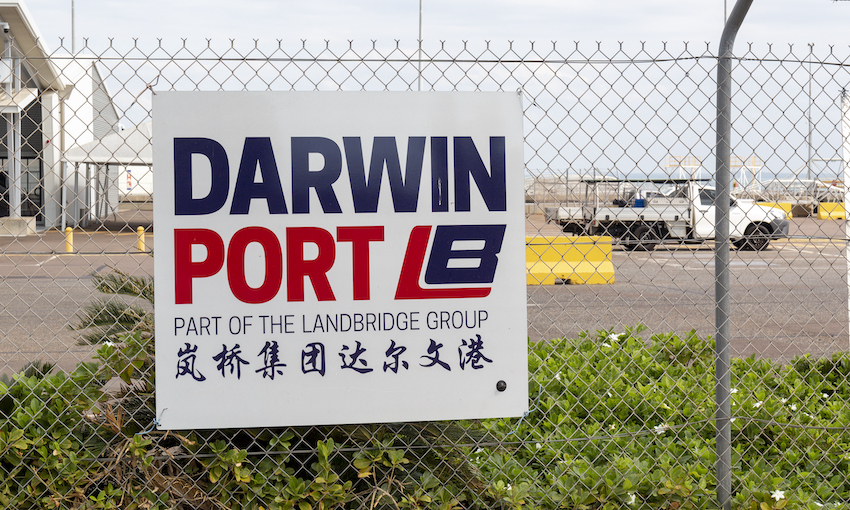PILBARA Ports Authority has embarked on a new development plan for the Port of Port Hedland, which it says will boost iron ore export capacity to 660 million tonnes per year.
Going by the port’s December iron ore exports (50.8 million tonnes), the plan would add 50.4 million tonnes of annual capacity.
The Western Australian government endorsed the comprehensive review, which began in 2020.
The government the new plan would allow port proponents to invest in landside infrastructure upgrades and advance their investment and growth strategies.
The amended port development plan is to facilitate:
- the development of an additional iron ore export berth, Stanley Point Berth 3;
- a future bulk liquids berth in South West Creek;
- the development of a second general cargo berth at Lumsden Point;
- increased capacity allocations of approximately 25% for existing port proponents BHP, Fortescue Metals Group and Roy Hill;
- new allocations for the future development of Stanley Point Berth 3 – which, subject to all necessary approvals to develop being obtained, would be allocated to the recently announced joint venture between Hancock Prospecting and Mineral Resources; and
- a new FMG shiploader on Anderson Point Berth 5 to support exports from the Iron Bridge project.
The plan will also result in increased capacity at the common user berths within the port, supporting growth in direct shipping to the Pilbara and increased exports by junior miners.
Dredging will be undertaken to implement the plan – the requirements are based on international navigation guidelines and simulation studies conducted over the past 12 months and are in accordance with existing environmental approvals.
The plan is expected to be finalised by mid-2022.
Western Australian ports minister Rita Saffioti said this review commenced in 2020.
“The Port of Port Hedland Plan was last reviewed in 2012, when it set a total throughput of 495 million tonnes per year,” she said.
“We have well and truly exceeded this, with the port achieving a total annual throughput of 546 million tonnes last financial year – of which 523 million tonnes were iron ore exports by port proponents.”
Ms Saffioti said this increase was made possible, in part, by investing in maritime technologies to maximise port efficiency and safety.
“This updated plan will contribute to dredging and future development at Lumsden Point,” she said.





